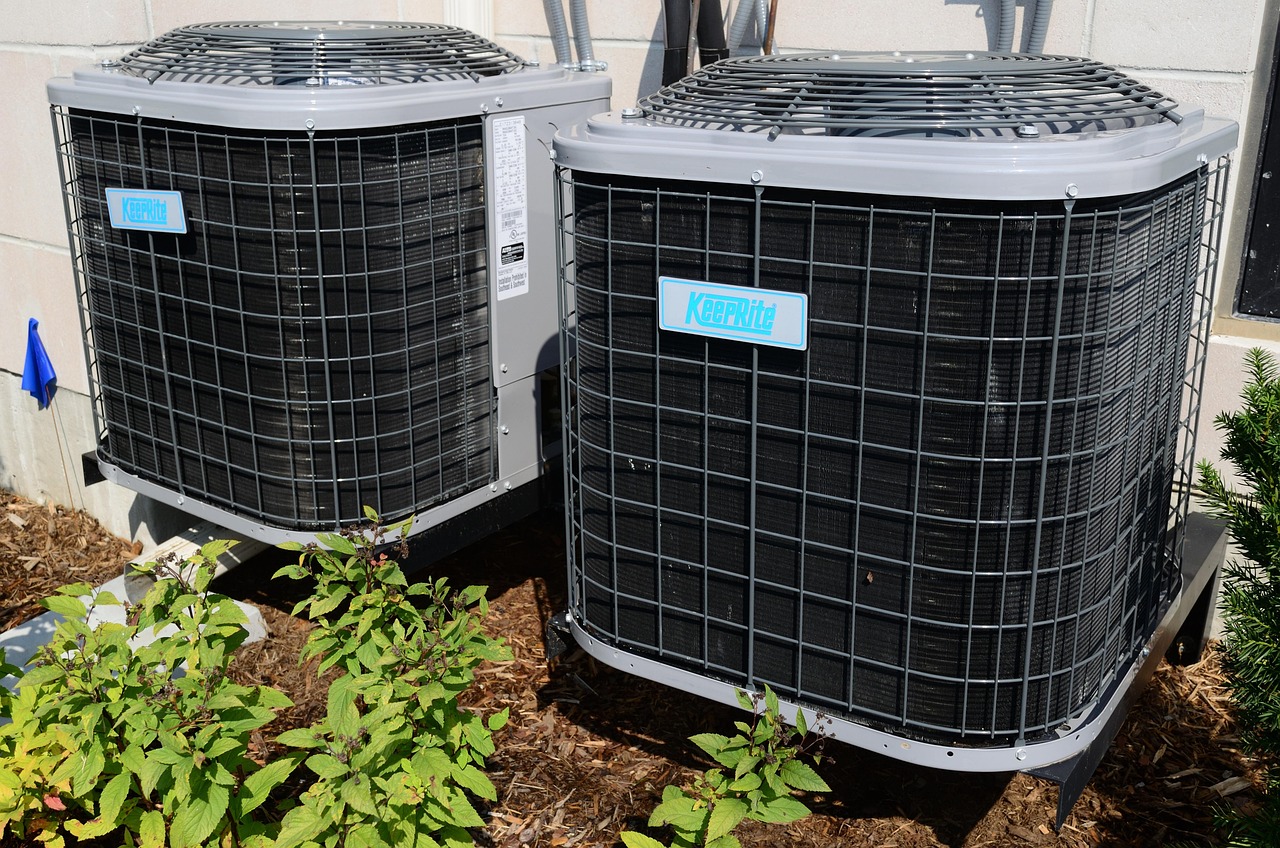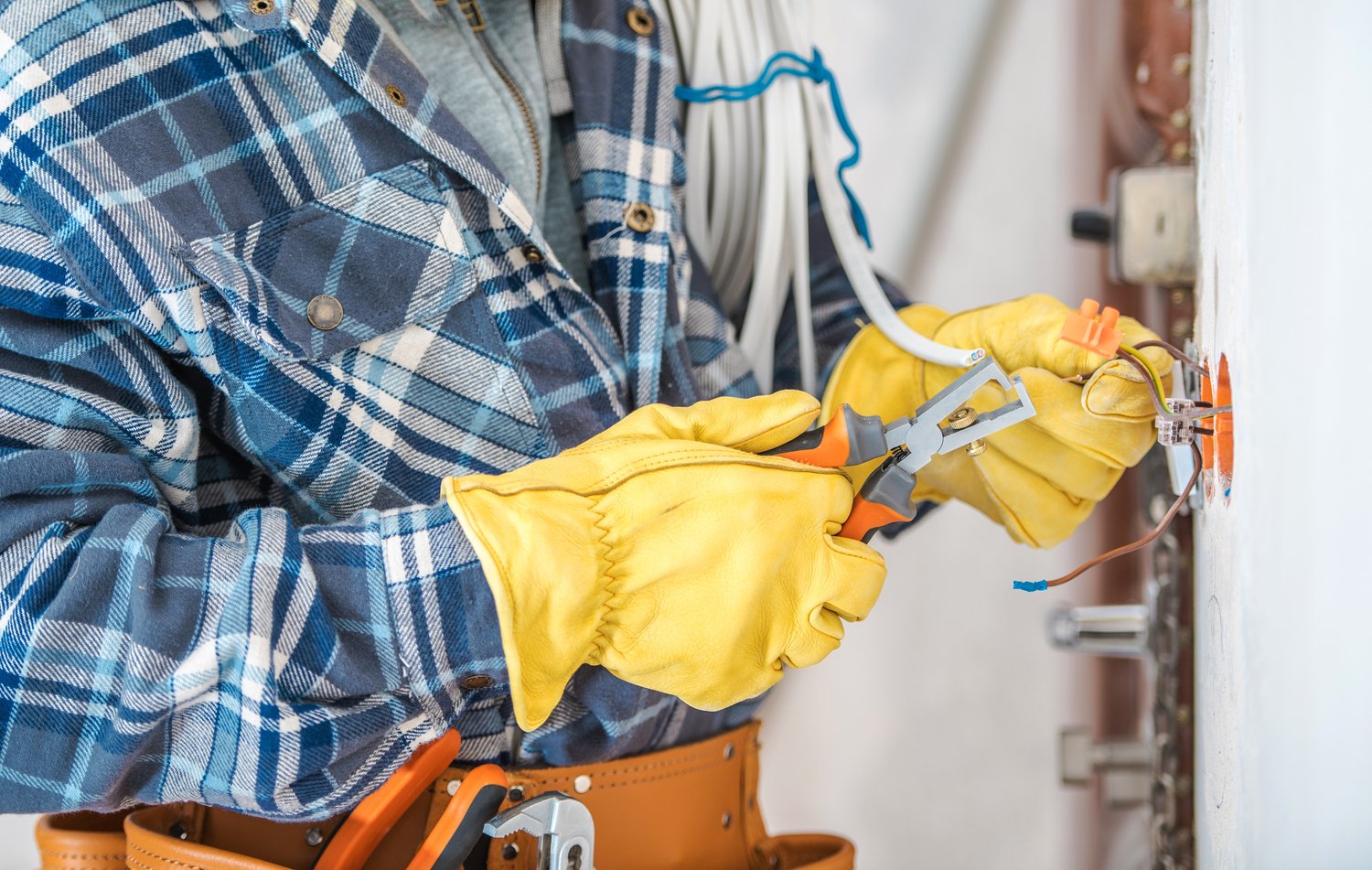Understanding the typical lifespan of your home’s heating and cooling systems can save you from unexpected breakdowns and unnecessary expenses. Most homeowners face the dilemma of whether to repair an aging HVAC unit or invest in a replacement at some point. This article explores the average HVAC lifespan expectancy of furnaces, air conditioners, and heat pumps, while providing practical guidance on making the repair versus replace decision based on age, efficiency, and cost considerations.
Understanding HVAC Lifespan Expectancy
The longevity of your HVAC components varies significantly based on several factors. Furnaces typically last 15-20 years when properly maintained, while central air conditioners have an average lifespan of 10-15 years. Heat pumps, which work year-round for both heating and cooling, generally last 10-15 years, often wearing out sooner than furnaces due to their continuous operation. These estimates assume regular maintenance, which is crucial for maximizing your system’s lifespan.
Climate plays a significant role in determining when to replace furnace AC units. Systems in regions with extreme temperatures or high humidity work harder and may deteriorate faster. Additionally, proper installation significantly impacts longevity—incorrectly sized units work inefficiently and wear out prematurely. Even with perfect conditions, no HVAC system lasts forever, and understanding these timeframes helps you plan for eventual replacement.
Warning Signs Your HVAC System Needs Attention
Recognizing the signs HVAC needs replacement can prevent uncomfortable system failures during extreme weather. Increasing energy bills despite consistent usage patterns often indicate declining efficiency as components wear out. Frequent repairs, especially for the same components, suggest system-wide deterioration that may make replacement more economical than continued fixes.
Uneven temperatures throughout your home or difficulty maintaining comfortable humidity levels indicate your system is struggling to perform as designed. Strange noises such as grinding, squealing, or banging typically signal mechanical problems that warrant professional evaluation. Unusual odors, particularly musty smells that might indicate mold growth, or burning odors that could represent electrical issues, should never be ignored. Any of these symptoms in a system approaching or exceeding its expected lifespan should trigger a serious conversation about replacement options with a qualified professional from AskHomey or your trusted local provider.
Financial Considerations: Repair vs. Replace
When facing significant HVAC issues, the repair vs replace HVAC unit decision often comes down to economics. A common guideline is the “5,000 rule”: multiply the age of your equipment by the repair cost. If the result exceeds $5,000, replacement is likely more economical. For example, repairing a 12-year-old furnace at $600 yields $7,200, suggesting replacement makes more financial sense.
The cost of a new HVAC system varies based on size, efficiency, and features. A complete system replacement typically ranges from $5,000 to $12,000, with high-efficiency models commanding premium prices but offering long-term energy savings. While this represents a significant investment, newer systems can reduce monthly energy costs by 20-40%, offsetting the initial expense over time. Additionally, many manufacturers offer financing options, and utility companies frequently provide rebates for energy-efficient upgrades.
Efficiency and Technology Upgrades
Even if your aging system still functions, technological advances may make replacement advantageous. Modern HVAC systems operate with significantly higher efficiency ratings than those manufactured just a decade ago. The Seasonal Energy Efficiency Ratio (SEER) for air conditioners and Annual Fuel Utilization Efficiency (AFUE) for furnaces have steadily improved, translating to lower operating costs.
Smart thermostats and zoning capabilities available with newer systems provide improved comfort and further energy savings. Variable-speed motors and two-stage compressors adjust output based on demand rather than constantly cycling on and off, reducing wear while providing more consistent temperatures. These technologies not only improve comfort but can significantly reduce energy consumption compared to older single-stage systems, even if those older units are still operational.
Making the Final Decision
The repair versus replacement decision ultimately depends on your specific circumstances. Consider your plans for the property—if you’ll sell soon, minimal repairs might suffice, while long-term residency might justify the investment in a new system. Additionally, evaluate your comfort priorities and environmental concerns, as newer systems generally offer improved performance and reduced environmental impact.
When evaluating when to replace furnace AC systems, consult multiple qualified professionals for opinions and quotes rather than making decisions during an emergency breakdown. Preventive evaluation allows time for research into efficiency options, available rebates, and financing alternatives. Getting several estimates ensures competitive pricing and helps identify the solution best aligned with your needs and budget.
For more tips and to connect with reliable home service professionals, follow AskHomey on Facebook and Instagram.



